15 Vegetables That Grow Best in Upside-Down Gardens
Looking to maximize your gardening space? Growing vegetables in an upside-down garden is an effective way to save space while enjoying a bountiful harvest. This innovative method provides better drainage, reduces pests, and ensures plants get plenty of sunlight. Whether you’re a seasoned gardener or just starting, upside-down gardening is perfect for growing various vegetables in small spaces. Discover which vegetables thrive in this unique growing setup for a healthier, more productive garden.
This post may contain affiliate links, which helps keep this content free. Please read our disclosure for more info.
Tomatoes
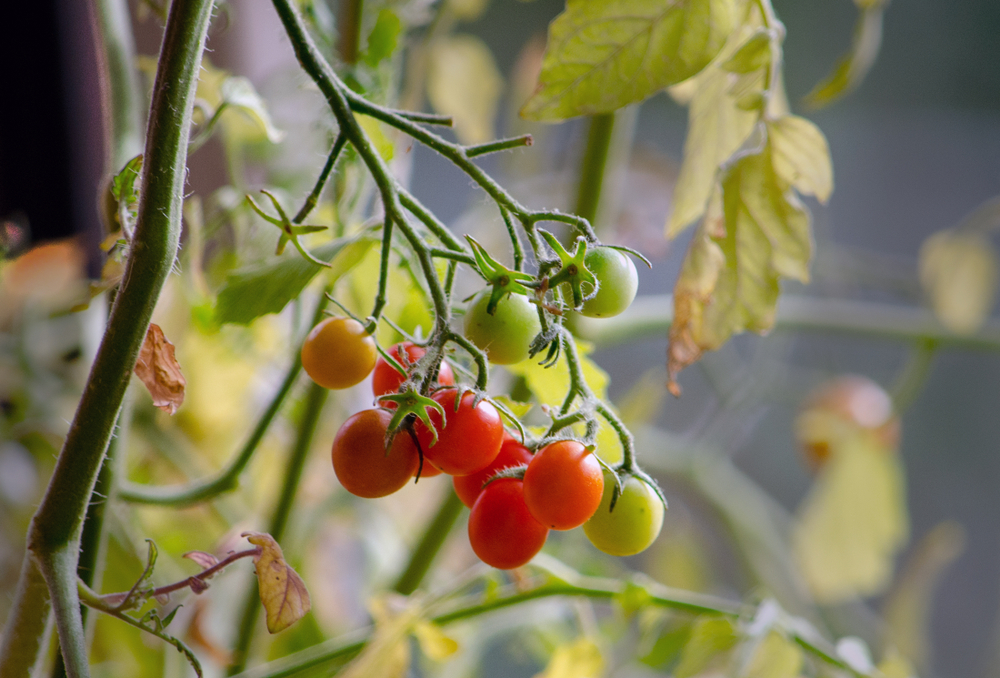
Tomatoes are one of the top choices for upside-down gardens, primarily due to their ability to thrive in compact spaces. They are naturally trailing plants, so the upside-down setup allows the fruits to hang down and grow freely without risking rot from contact with the soil. Cherry and grape tomato varieties are particularly well-suited for this method, as they do not require as much space as larger varieties, making them ideal for containers.
By growing tomatoes upside down, you also reduce the risk of common soil-borne diseases like blight, which is often a problem in traditional garden setups. The natural airflow from hanging helps keep the plants healthy, and the fruits receive plenty of sunlight for optimal growth. With consistent watering and periodic support for the stems, upside-down tomatoes can produce an abundant harvest throughout the growing season.
Peppers
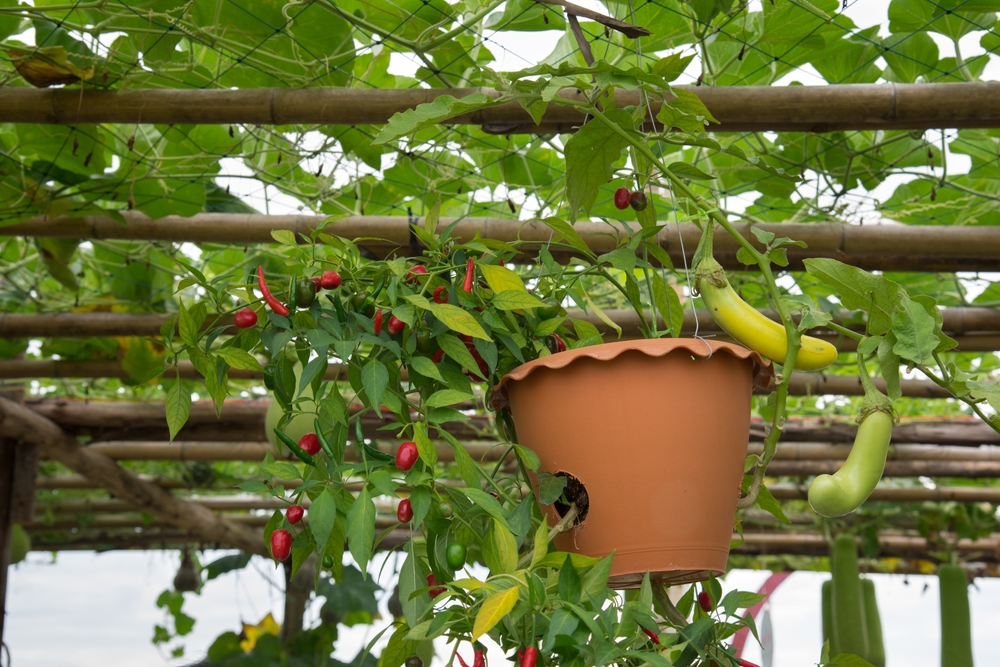
Peppers, both sweet and hot, are perfect for upside-down gardens. Their compact root systems and ability to handle minimal space make them a good fit for hanging baskets. Like tomatoes, peppers benefit from the increased airflow that hanging offers, which helps prevent fungal diseases and encourages healthier growth. These plants also thrive in full sun, and the hanging method allows them to bask in sunlight without the risk of shaded spots.
The position also makes it easier to spot ripening peppers and harvest them at the right time. Upside-down gardens provide the proper drainage for peppers, which prevents the plants from becoming waterlogged, a common issue when grown directly in the soil. With proper care, peppers can yield a substantial harvest throughout the growing season.
Cucumbers
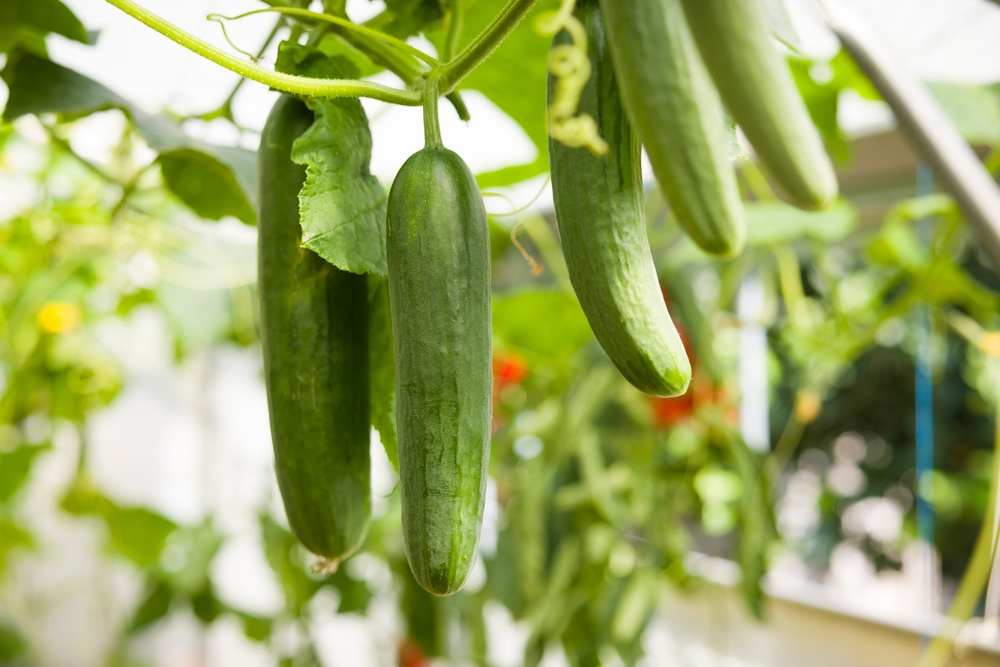
Cucumbers are well-suited for upside-down gardening, especially small or bush varieties. Their vining nature allows them to cascade beautifully when planted in hanging baskets, and the gravity-fed growth keeps the cucumbers off the ground. This prevents the fruits from touching the soil, which can often lead to rot or fungal infections. The upward growth also allows the plant to spread naturally, creating a more vertical structure for the cucumbers to grow on.
Cucumbers also benefit from direct exposure to sunlight, which speeds up their growth. With proper watering and occasional trimming of the vines, you can have a steady supply of cucumbers throughout the growing season. Additionally, the hanging position helps keep the fruits cooler, reducing the risk of wilting during the hotter months.
Strawberries
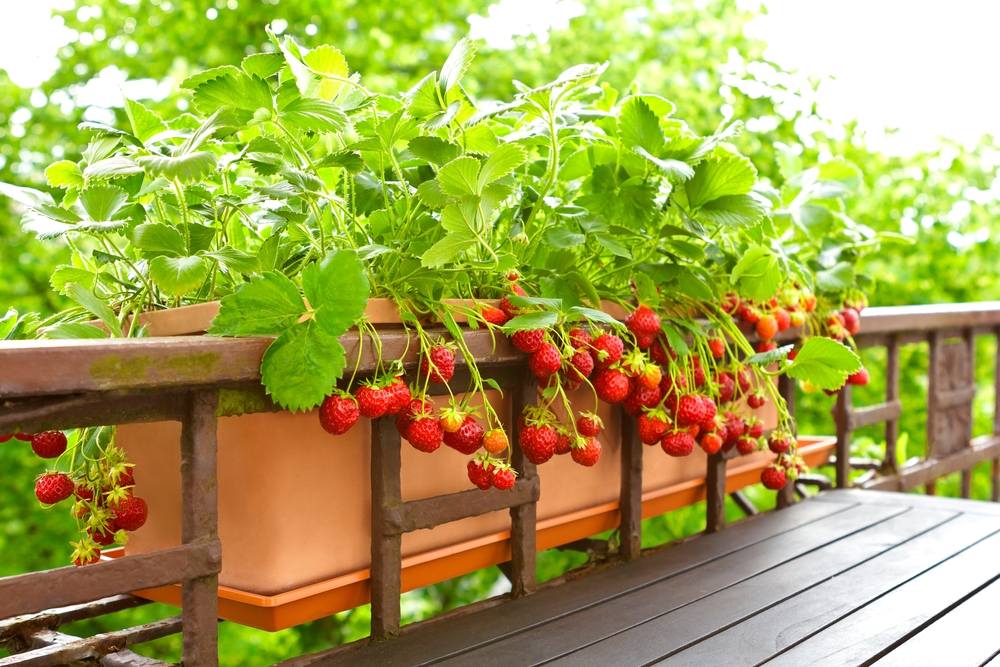
Strawberries thrive in hanging gardens, and their tendency to produce trailing vines makes them perfect candidates for upside-down planting. The main benefit of growing strawberries this way is that the fruit stays off the ground, reducing the risk of mold, rot, and pests that typically damage the fruit when grown in traditional garden beds. Additionally, the hanging setup helps keep the berries dry and clean, which is essential for optimal fruit production.
The increased air circulation from the hanging position also helps prevent fungal growth, a common issue for strawberries when planted in soil. With the right watering schedule and exposure to sunlight, strawberries will produce a bountiful crop. Hanging baskets with strawberries are easy to maintain and offer a great solution for limited space or container gardens.
Herbs (Basil, Oregano, Mint)
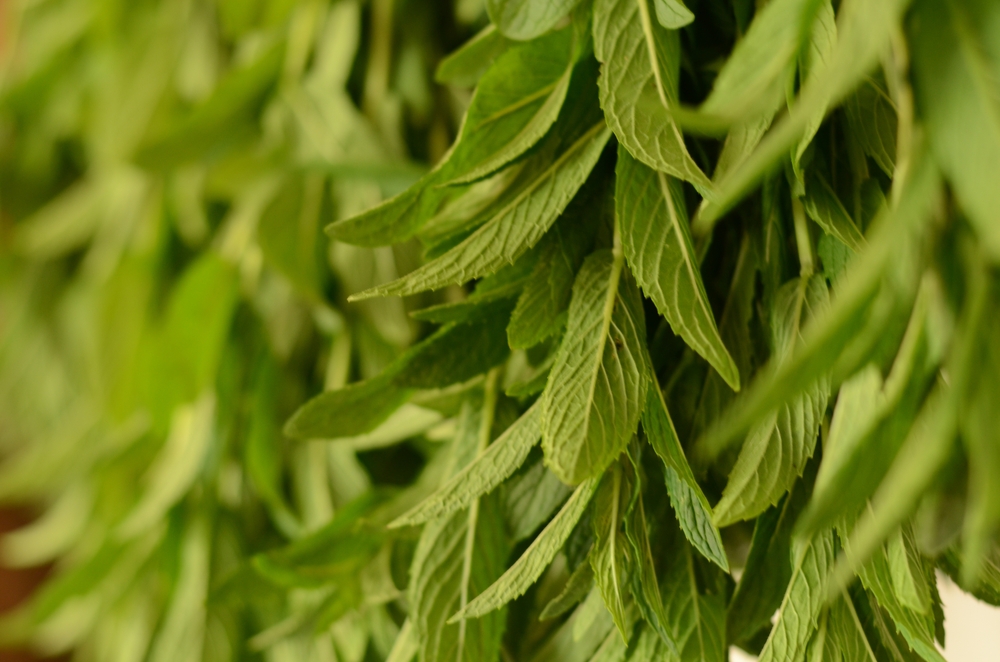
Herbs such as basil, oregano, and mint are ideal for upside-down gardens due to their compact nature and relatively low maintenance requirements. These plants do not need deep soil, making them perfect for containers or hanging baskets. Growing them upside down also encourages stronger growth, as the roots remain well-drained and aerated, preventing the common issue of root rot in traditional pots or garden beds.
The direct exposure to sunlight in an upside-down garden also enhances the flavor and aroma of the herbs. Additionally, herbs like mint can become invasive in the ground, but growing them upside down helps contain their spread. Whether you are growing basil for fresh pesto or mint for tea, upside-down gardens can provide a constant supply of fresh herbs throughout the season.
Lettuce
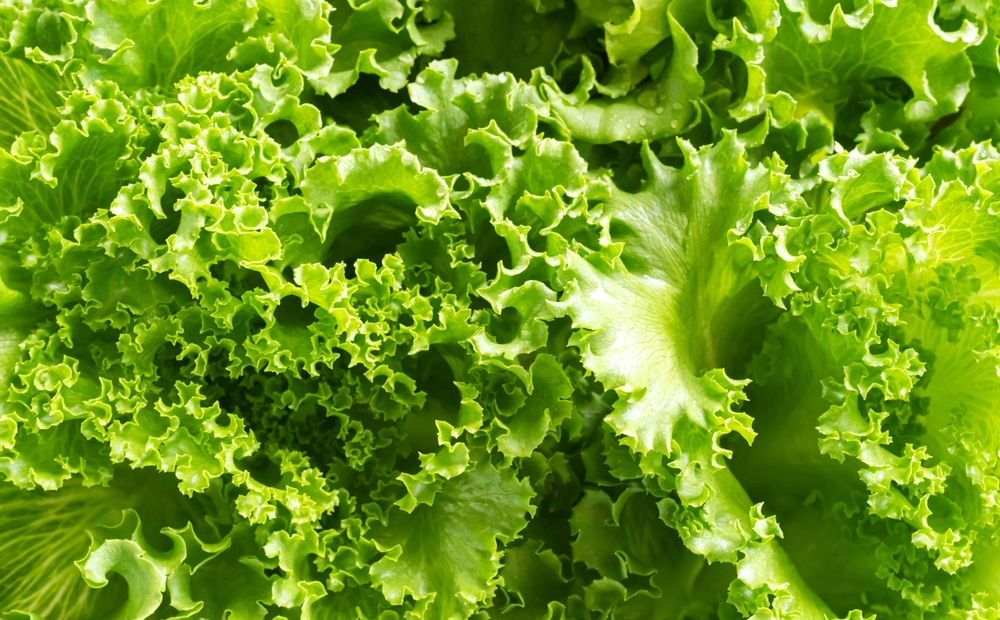
Lettuce varieties, such as butterhead, leaf, and romaine, grow well in upside-down gardens because of their shallow root systems and relatively quick growth cycles. Lettuce thrives in cool, well-drained environments, which hanging baskets provide perfectly. The hanging system allows the lettuce to grow without being affected by pests or soil-borne diseases, common problems when growing lettuce in the ground.
By growing lettuce upside down, you can enjoy an easy, low-maintenance garden with a constant supply of fresh leaves. The hanging position ensures that the plant receives adequate sunlight and air circulation, which keeps the leaves crisp and healthy. Lettuce also grows fast, so you can have multiple harvests in a season, making it a great choice for any garden, large or small.
Spinach
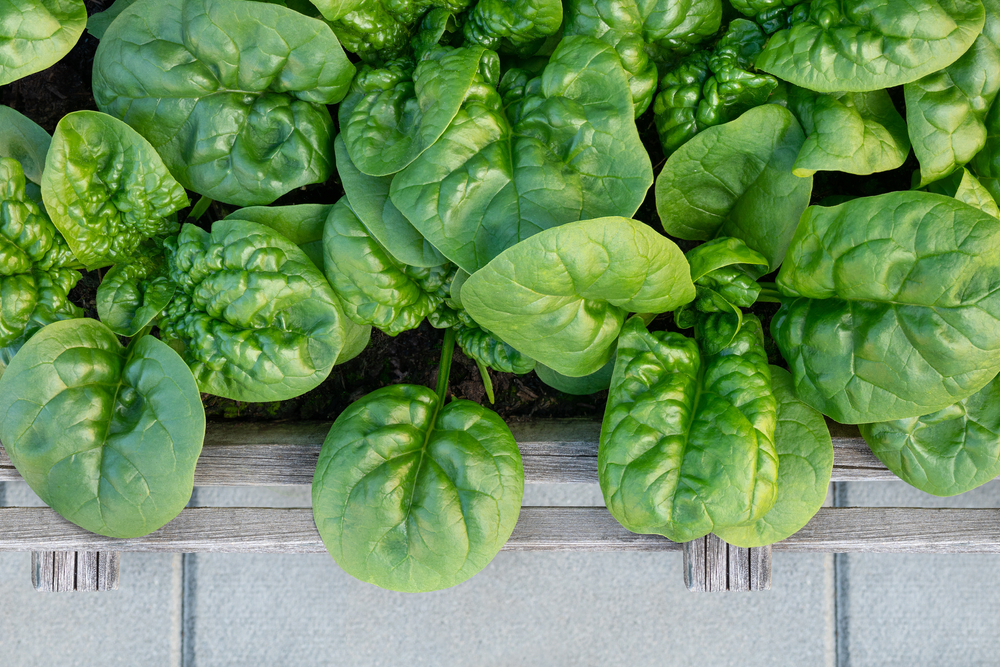
Spinach is another leafy green that excels in hanging gardens due to its shallow roots and quick-growing nature. The cool, well-drained conditions provided by upside-down gardens help prevent the common issue of soil-borne diseases, such as mildew, which often affect spinach in ground-based gardens. The compact nature of spinach makes it perfect for vertical gardening, where it can receive ample sunlight and good airflow.
With consistent watering and attention to temperature, spinach can grow rapidly in an upside-down setup, allowing for a continuous harvest. Growing spinach upside down also helps to keep the leaves clean and free from pests, making it easier to manage throughout the growing season. The result is fresh, tender spinach that can be used in salads, smoothies, or cooked dishes.
Radishes
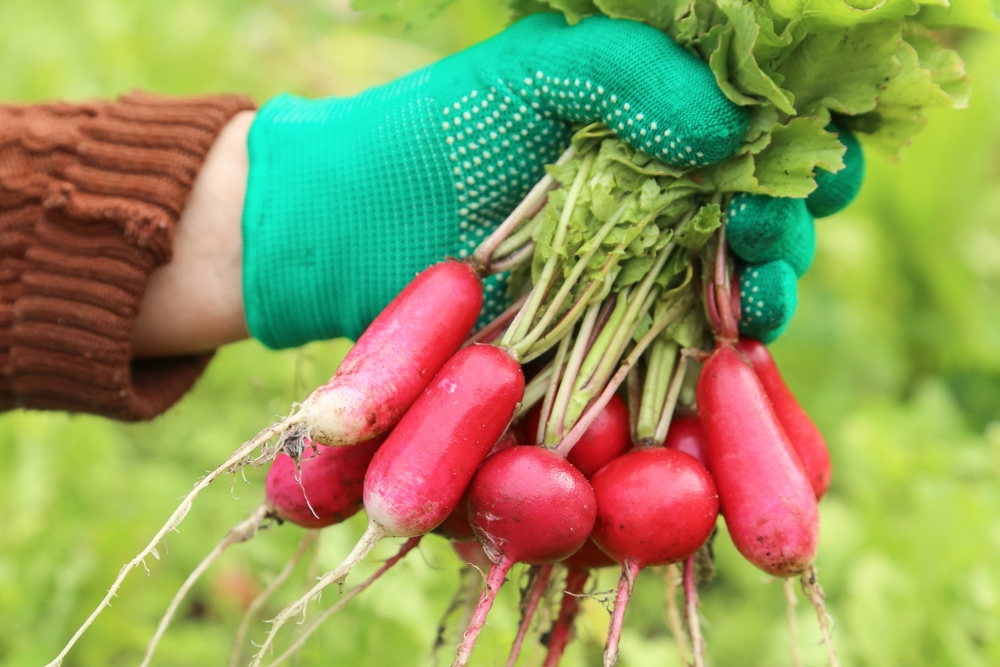
Radishes are an excellent choice for upside-down gardening, as they have a short growing cycle and compact roots. The hanging method allows the roots to develop freely without being restricted by dense soil. Radishes can be harvested quickly, typically within four to six weeks of planting, making them a great vegetable for gardeners looking for fast results.
Since radishes are not typically prone to many pests or diseases, they benefit from the better air circulation that hanging provides. The gravity-fed growth allows them to develop cleanly, making them an ideal vegetable for container and upside-down gardening. Radishes also add a burst of color and flavor to any garden, and their quick-growing nature means you can enjoy multiple harvests in a single season.
Carrots
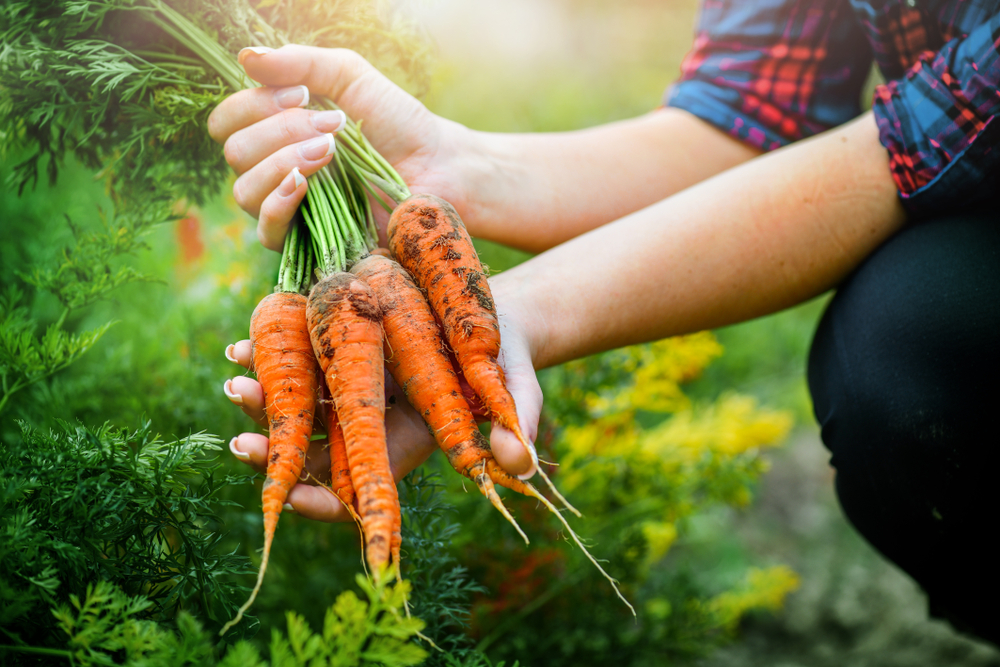
Carrots can also be grown successfully in hanging baskets, but it is important to choose the right variety. Smaller or baby carrots work best in this setup, as they have a more compact root system. The upside-down method offers excellent drainage and prevents the common problem of waterlogged roots, ensuring that the carrots grow straight and healthy.
Growing carrots upside down also protects them from soil-borne pests and diseases, which are often harder to manage in traditional garden beds. With the right care, carrots can grow in hanging baskets, offering an easy and efficient way to grow fresh root vegetables in smaller spaces. Additionally, the plants receive plenty of sunlight, which encourages healthy growth and development of sweet, tender carrots.
Beans
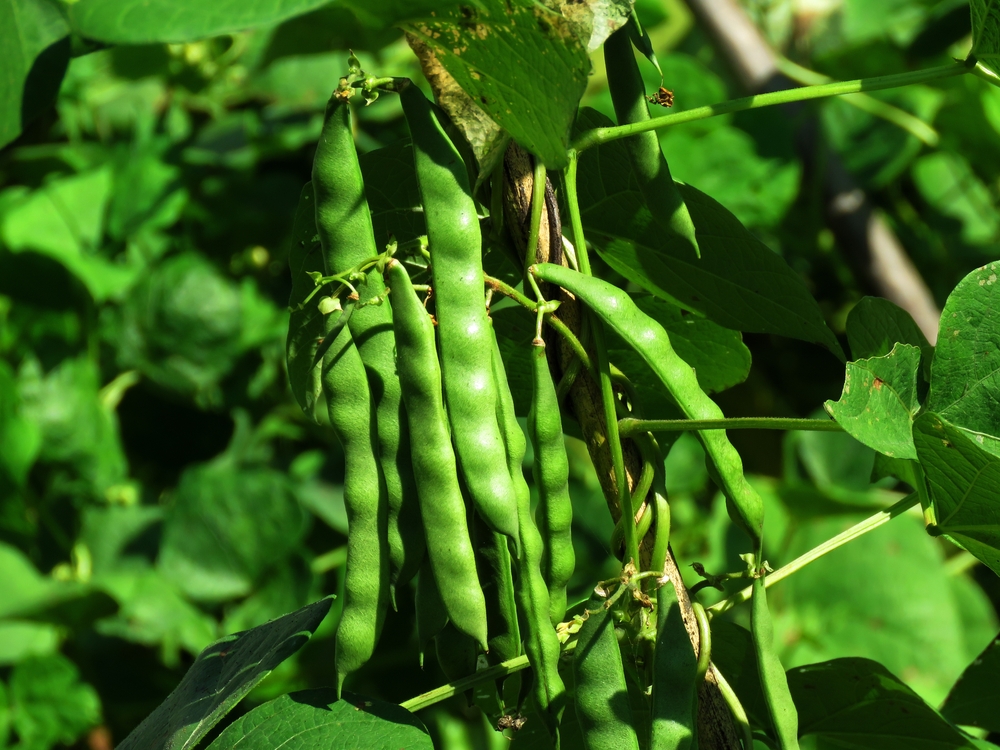
Beans, especially bush varieties, thrive in upside-down gardens due to their ability to adapt to containers. The plants grow vigorously and naturally trail downward, which works well in hanging baskets. Beans also benefit from the excellent drainage and airflow that upside-down gardens provide, which helps prevent diseases like root rot and mildew.
Beans require minimal care once established, and growing them upside down allows the plants to maximize sunlight exposure. This method also reduces the risk of pests that typically affect beans in traditional garden settings. Whether you are growing green beans or pole beans, upside-down gardens offer a great way to grow these versatile vegetables in a compact space.
Zucchini
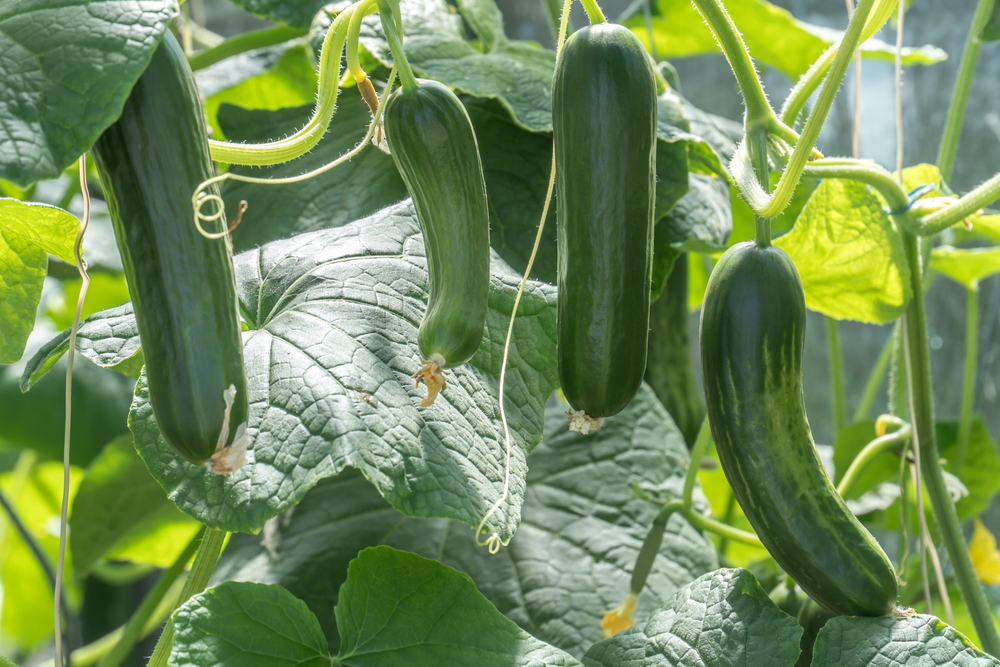
Zucchini grows well in upside-down gardens, especially when using compact varieties. These plants have a sprawling nature, and growing them upside down allows their vines to cascade gracefully, providing a unique aesthetic. The hanging setup offers excellent drainage, which helps prevent the common problem of powdery mildew, a common issue with zucchini in the ground.
Zucchini plants are also highly productive, and growing them in an upside-down garden makes them easier to manage, as the fruits are kept off the ground. This reduces the risk of rotting and improves airflow around the plant, helping it stay healthy throughout the growing season. With regular care, zucchini can be harvested continuously from late spring through summer.
Eggplant
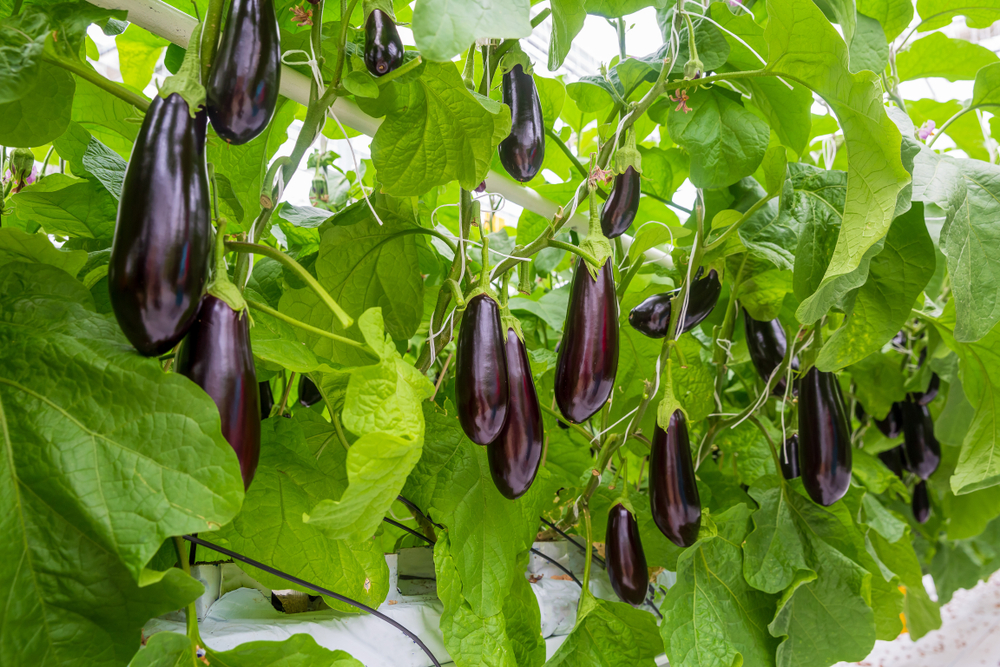
Eggplant thrives in upside-down gardens, especially the more compact varieties, such as the “baby” or “mini” eggplant. These plants have relatively shallow roots, which makes them ideal for container gardening. The hanging position offers excellent air circulation and keeps the plant away from pests that might damage it in the ground, making it an ideal option for vertical gardens.
By growing eggplant upside down, you can also take advantage of the increased sunlight exposure. This allows the fruits to ripen more evenly and produce higher yields. With proper care, eggplant can grow healthily in hanging baskets, providing delicious fruit throughout the growing season.
Kale
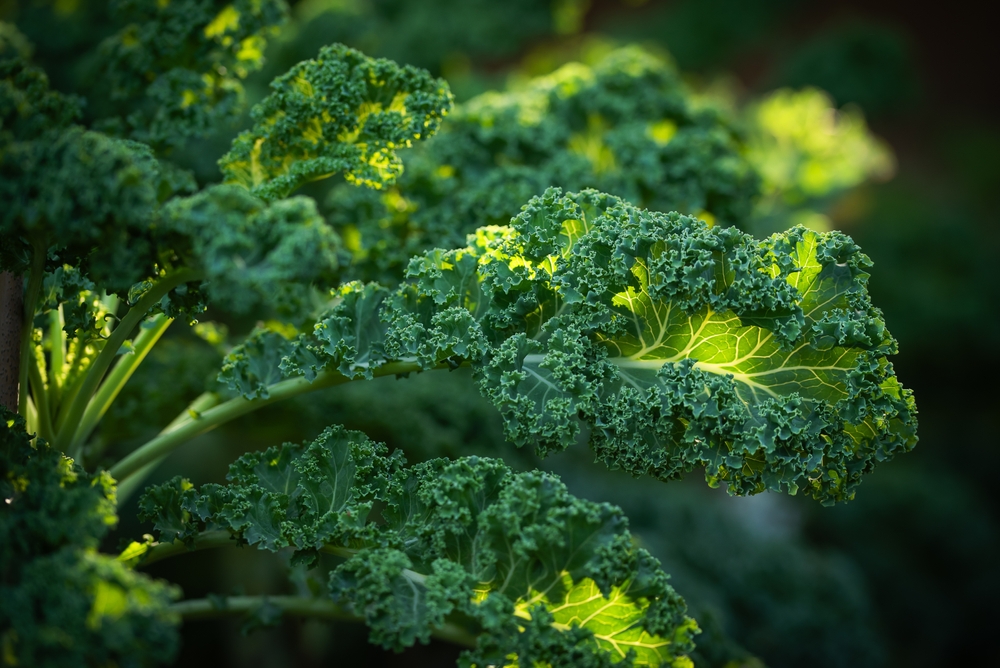
Kale is a hardy leafy green that adapts well to cooler temperatures, making it a good candidate for hanging gardens. This vegetable has shallow roots and thrives in well-drained soil, both of which are provided by the upside-down gardening method. The increased air circulation from hanging baskets helps reduce the likelihood of fungal diseases, which can be problematic for kale in traditional garden settings.
Growing kale upside down also keeps the leaves clean, which is important for harvesting tender, flavorful greens. With consistent watering and exposure to sunlight, kale can be harvested continuously throughout the growing season. Its versatility in the kitchen makes it a great addition to any vertical garden setup.
Swiss Chard
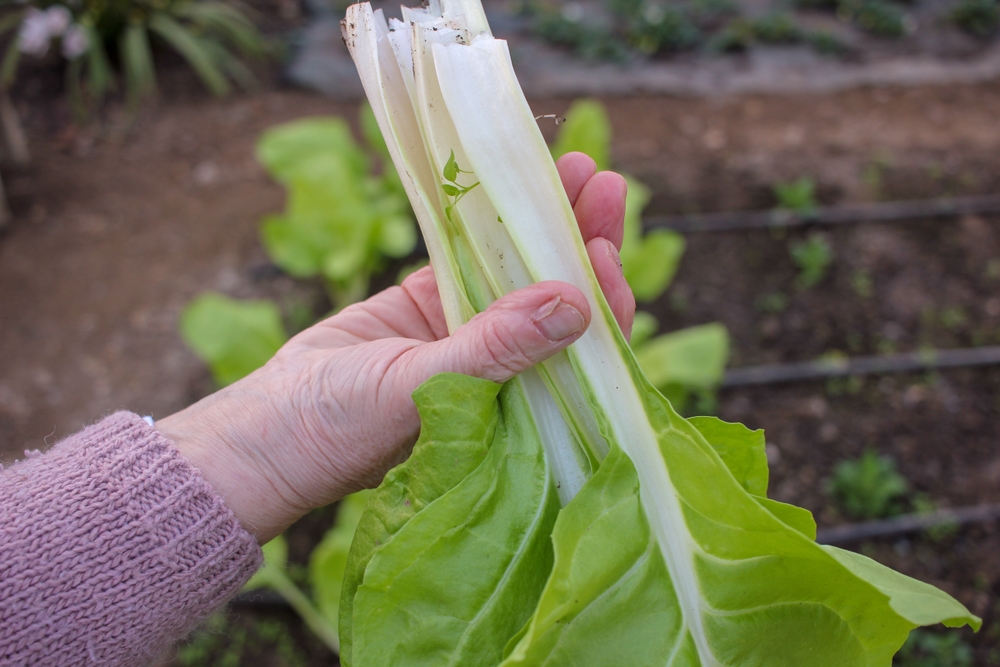
Swiss chard is another leafy green that thrives in hanging gardens due to its shallow root system. Like kale, Swiss chard grows quickly and can be harvested multiple times throughout the growing season. The hanging position provides good airflow, which helps prevent the buildup of moisture around the plant and reduces the risk of fungal infections.
Swiss chard’s vibrant, colorful stems also make it an attractive plant to grow in an upside-down garden. The plant benefits from the direct sunlight and well-drained conditions provided by hanging baskets. With the right care, Swiss chard can yield nutritious, tender leaves throughout the season, making it an excellent addition to any vertical garden.
Cabbage
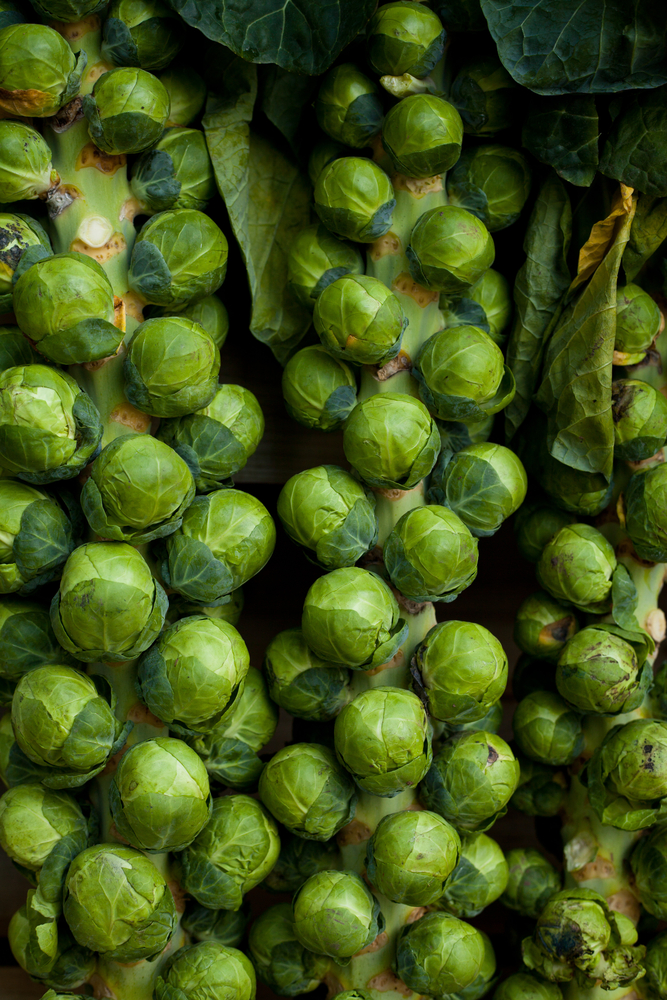
Compact cabbage varieties work well in upside-down gardens, especially those with smaller heads, like “mini” cabbage. The plants have relatively shallow roots, so they do not require deep containers to grow successfully. Hanging baskets offer excellent drainage, preventing the cabbage from becoming waterlogged and susceptible to rot.
Cabbage plants benefit from the increased air circulation and sunlight exposure that hanging gardens provide. This method also reduces the risk of pests like aphids and slugs, which can damage cabbage leaves in traditional garden beds. With consistent care, cabbage can grow steadily in an upside-down garden, producing crisp, flavorful heads perfect for salads, stews, and more.
This article originally appeared on Avocadu.
